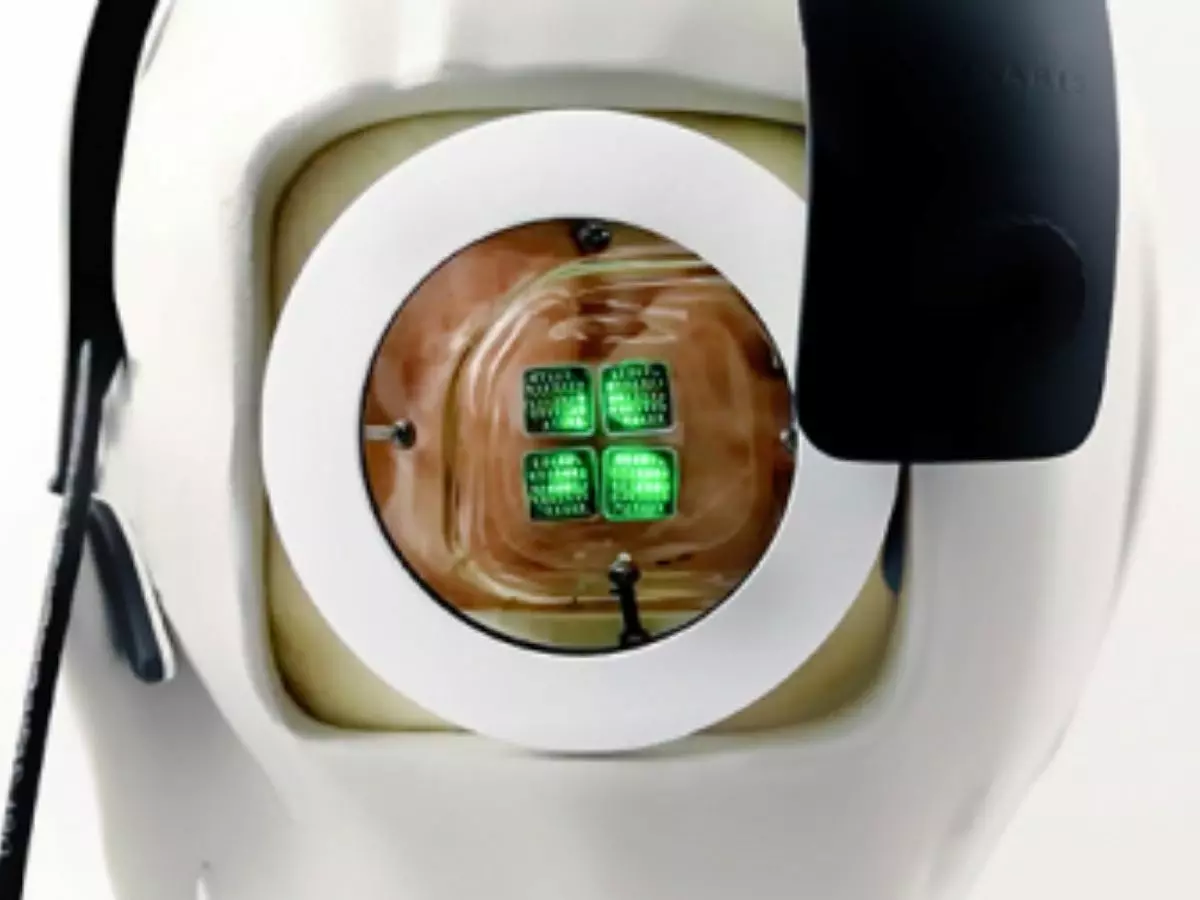Doctors Build World¡¯s First Bionic Eye To Fully Restore Vision In Blind People
The bionic eye dubbed ¡®Gennaris bionic vision system¡¯ has been under development for nearly a decade now. It works by bypassing damaged optic nerves to allow signals to be transmitted from the retina to the vision centre of the brain.

It is no secret that life is challenging for individuals dealing with blindness. For those of us who can see, we don't fully understand just how important is the gift of sight.
Researchers around the world have been working to cure this with various bionic solutions but none of them has yet been able to come to the market to help better people¡¯s lives. Well, it looks like one contender has come awfully close.
 Unsplash
Unsplash
Researchers at Monash University in Melbourne, Australia have built a bionic eyethat promises to bring back vision with the help of a brain implant. The team claims this is the world¡¯s first bionic eye.
The bionic eye dubbed ¡®Gennaris bionic vision system¡¯ has been under development for nearly a decade now. It works by bypassing damaged optic nerves to allow signals to be transmitted from the retina to the vision centre of the brain.
The system is simple. The user would have to wear a custom-designed headgear that has the camera and a wireless transmitter installed. A set of 9 millimeter tiles are implanted in the brain that receives the signals from the aforementioned receiver.
Arthur Lowery, professor at Monash University¡¯s Department of Electrical and Computer Systems Engineering, said in a statement, ¡°Our design creates a visual pattern from combinations of up to 172 spots of light (phosphenes) which provides information for the individual to navigate indoor and outdoor environments, and recognize the presence of people and objects around them.¡±
World's first bionic eye for full vision restoration
Researchers are looking to advance their system to help people with untreatable neurological conditions like limb paralysis, quadriplegia, to help make their lives better, ¡°If successful, the MVG [Monash Vision Group] team will look to create a new commercial enterprise focused on providing vision to people with untreatable blindness and movement to the arms of people paralyzed by quadriplegia, transforming their health care,¡± say researchers.
 Monash University
Monash University
Researchers have seen successful results in sheep with minimal side effects where it was safely implanted into their brains using a pneumatic inserter with a total of 2,00 hours of simulation. They are now preparing to take it to the next level for its first-ever human clinical trial, that is expected to be conducted in Melbourne.
The researchers are now looking to secure funding to speed up the manufacturing process and distribution.
